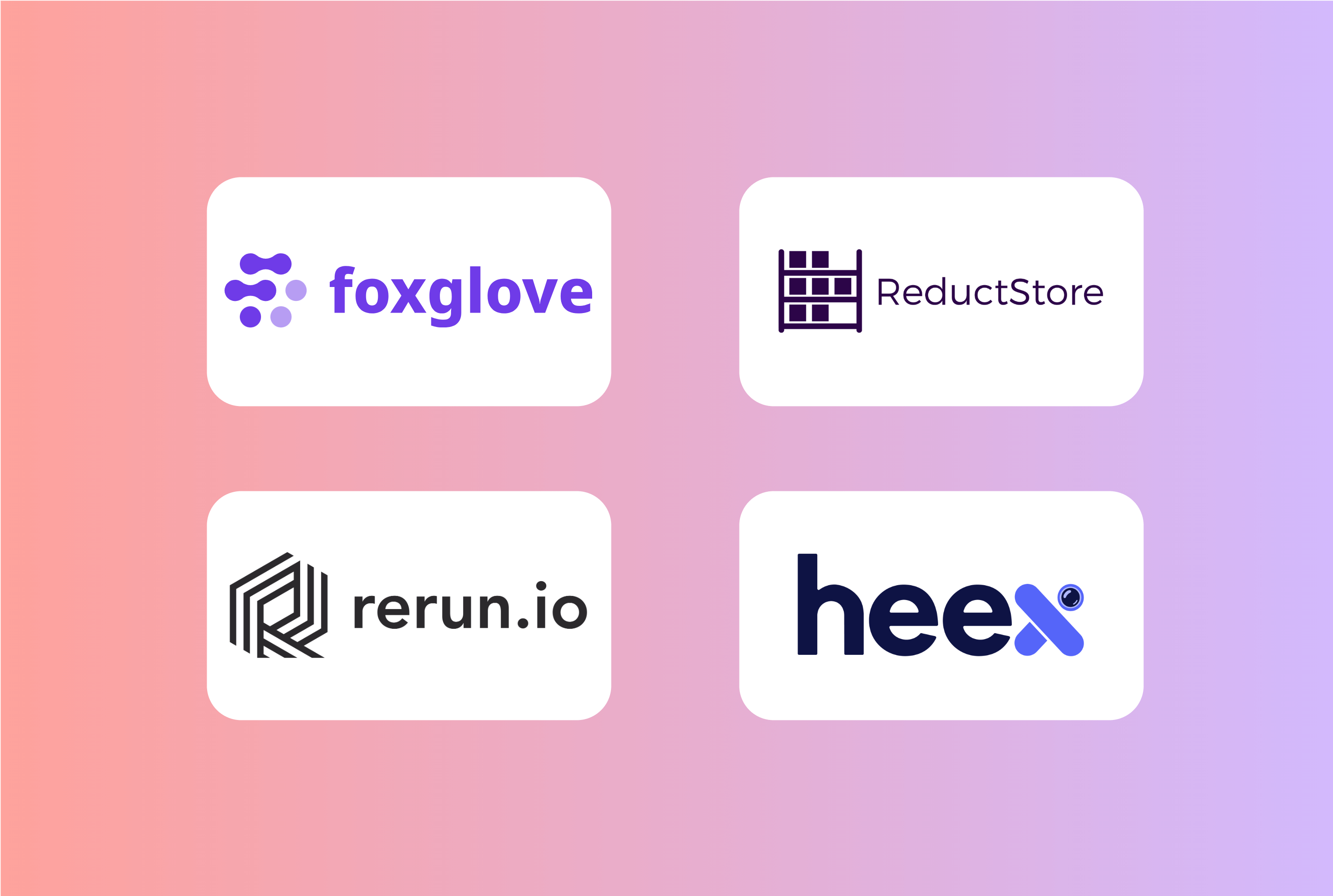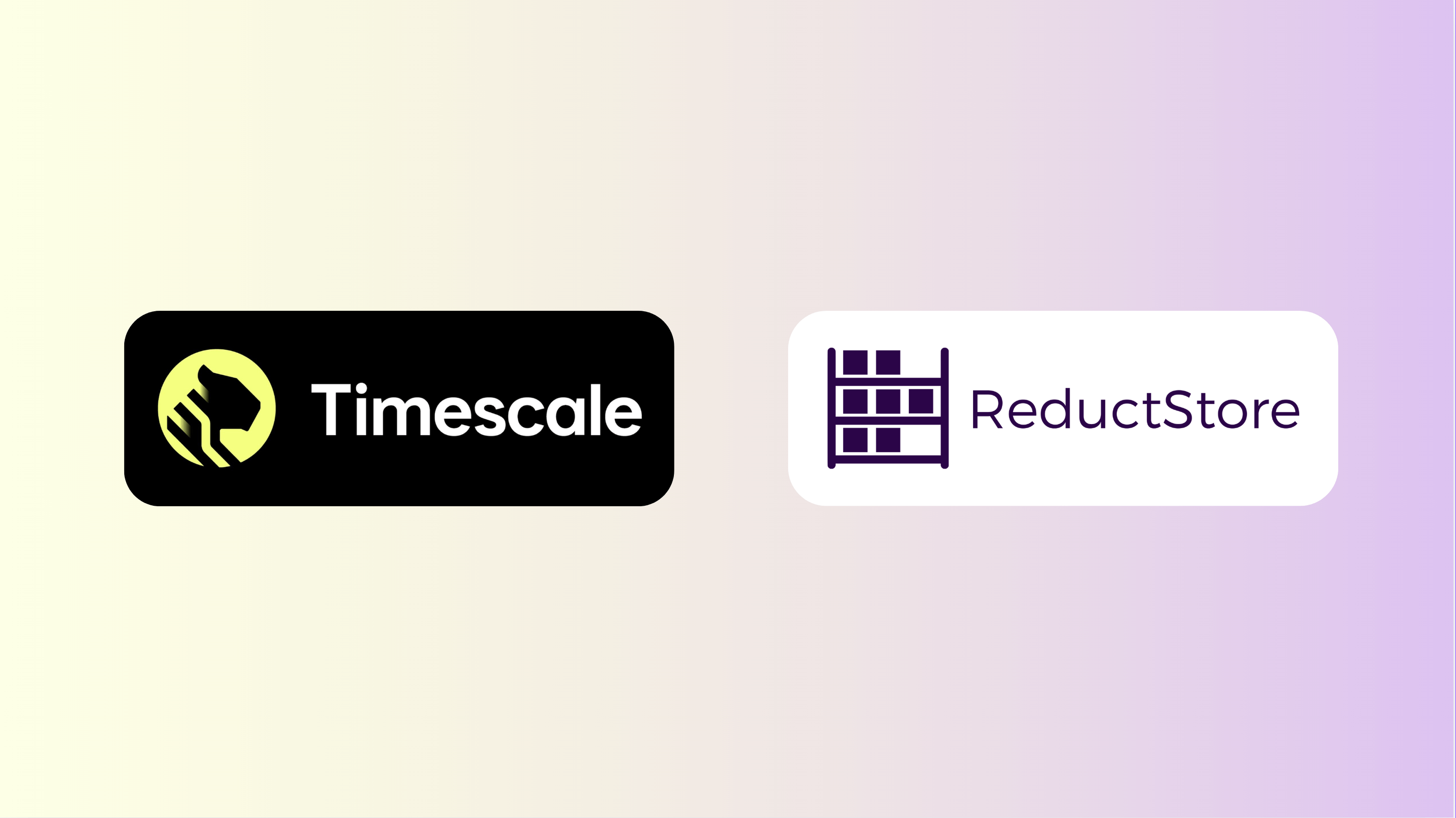Comparing Data Management Tools for Robotics

Data management is a very important element in modern robotics systems. As robots become more advanced, they generate massive amounts of information from various sources, such as sensor readings, system logs, and video feeds, and being able to manage this data effectively can mean the difference between a robot that performs well and one that fails to meet expectations.
In this article, we will compare different data management tools for robotics by looking into their key features, strengths, and the types of use cases they are best suited for. Understanding these differences will help robotics engineers and developers choose the right tool for their specific needs.


